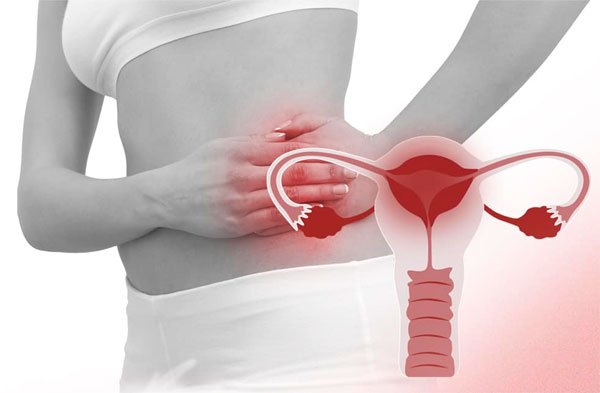Pelvic Inflammatory Disease (PID): Causes, Symptoms, Diagnosis, Treatment and Prevention
Pelvic Inflammatory Disease (PID) poses a significant threat to female reproductive health, arising when bacteria migrate from the vagina and cervix to the uterus, fallopian tubes, or ovaries.
Early detection and effective management are vital, making it imperative to understand PID and the conditions contributing to its development.
"Pelvic inflammatory disease (PID) affects around 1 in 8 women; it is most common in sexually active women aged 20 to 24."
Source: Healthdirect Australia
If suspecting PID or experiencing PID symptoms, consult with one of our GPs for timely intervention and care.
PID FAQs
PID is a serious infection of the female reproductive organs, often instigated by sexually transmitted bacteria. Left untreated, it can result in severe consequences, including infertility, chronic pelvic pain, and an elevated risk of ectopic pregnancies.
- Sexually Transmitted Infections (STIs): Chlamydia, Ureaplasma, and Gonorrhea are frequent culprits, causing inflammation and infection if untreated.
- Bacterial Vaginosis (BV): Although not an STI, an imbalance in vaginal flora, as in BV, raises PID risk by creating a conducive environment for harmful bacteria.
- Intrauterine Device (IUD) Use: While rare, IUD insertion can introduce bacteria, particularly in the initial weeks.
- Postpartum or Post Abortion Infections: Infections post-childbirth or abortion may spread, contributing to PID.
- Endometrial Procedures: Medical procedures like endometrial biopsy or dilation and curettage can introduce bacteria, increasing PID risk.
- Appendicitis and Appendectomy: Inflammation and removal of the appendix may lead to bacteria spreading to pelvic organs.
- Pelvic Surgery: Surgical procedures in the pelvic area carry a risk of bacterial introduction, potentially causing PID.
Symptoms include pelvic pain, abnormal discharge, pain during intercourse, and irregular menstrual bleeding. Untreated PID can lead to infertility, chronic pelvic or back pain, and an increased risk of ectopic pregnancies.
PID prevention involves practising safe sex, regular STI screenings, and seeking prompt medical attention for genital symptoms. Barrier methods, like condoms, significantly reduce the risk.
Understanding PID causes is crucial for early detection, effective treatment, and preventive measures. Regular gynaecological check-ups, safe sex practices, and prompt attention to reproductive health concerns are key for pelvic health and overall well-being.

